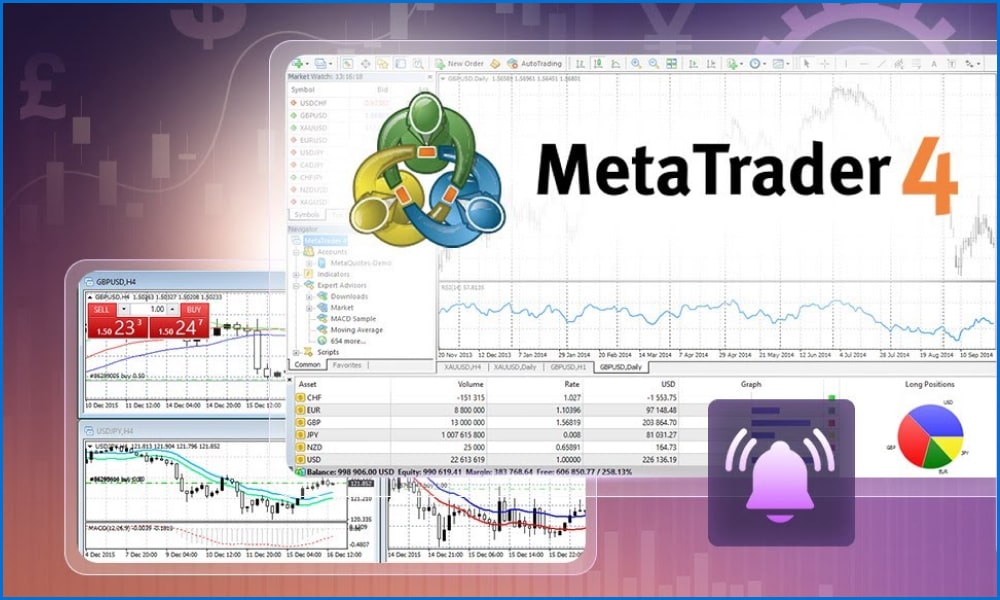There are countries that have experienced such high inflation rates that their money ended up becoming almost worthless. The citizens of these nations had piles, boxes, or wheelbarrows full of money, yet they were not able to purchase anything as the prices had gotten too high. The economy breaks down at such high inflation rates. As Kavan Choksi points out, the Federal Reserve works to control inflation to provide the United States with a stable economy.
Kavan Choksi talks about the inflation target of the Federal Reserve
Central banks across the world, like the Federal Reserve, have been established with the goal of fostering social welfare and economic prosperity. Much like central banks in several other nation, the Federal Reserve has also been given specific objectives by the government to meet their goals.
The Federal Reserve is charged by Congress with objectives that were established originally in the Federal Reserve Act of 1913, and later clarified in 1977 by an amendment to the act. This amendment charged the Federal Reserve to promote the goals of stable price, maximum employment, as well as moderate long-term interest rates. The goals of maximum employment and stable prices is often referred to as the “dual mandate.”
In the January of 2012, the Federal Open Market Committee (FOMC), which is responsible for shaping U.S. monetary policy, introduced its “Statement on Longer-Run Goals and Monetary Policy Strategy.” This document outlined the view of the committee that maintaining an inflation rate of 2%, based on the annual change in the personal consumption expenditures (PCE) price index, best aligns with long-term objectives of the Feds. This 2% inflation target essentially became its official goal. There are several central banks across the world that also aim for similar inflation targets. This rate, after all, is linked to favourable economic performance. Inflation rates that is much higher than 2% can complicate longer-term financial planning and incur various economic costs. On the other hand, rates too low have the possibility of increasing the risk of deflation in times of economic downturns.
As per Kavan Choksi, the Federal Reserve influences the interest rates with the goal of controlling inflation. If inflation is too high, the Fed generally raises interest rates in order to slow the economy and ultimately bring down inflation. If inflation is too low, then the Fed usually lowers interest rates for the purpose of stimulating the economy and moving inflation higher.
While inflation entails a number of expenses for the society, the majority of central banks, including the Fed, do not aim to have zero inflation. There are certain benefits of having a small but positive amount of inflation in the economy. The primary benefit is that low, positive inflation can help buffer the economy from falling into deflation. Deflation can cause as many problems as inflation, if not more. A small amount of inflation can also help improve efficiency in the labour market by lowering the need of employers to cut down the nominal wages of workers when economic conditions are weak. Basically, a modest level of inflation is necessary to “grease the wheels” of the labour market by facilitating real wage cuts.








